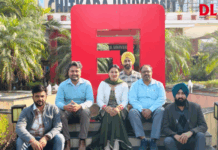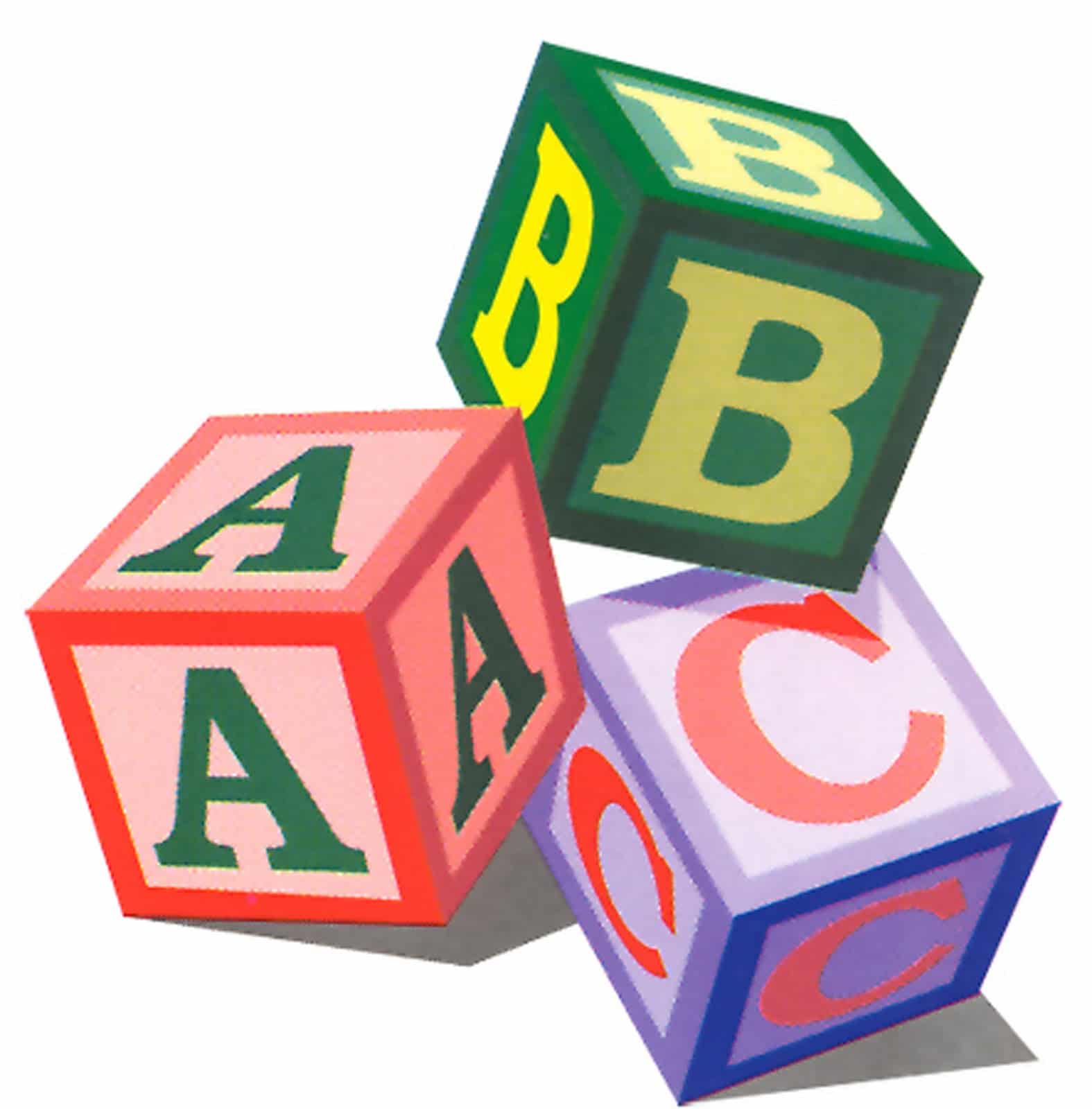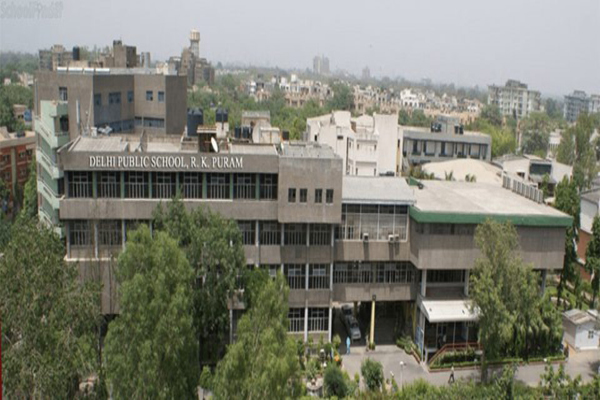 New Delhi: The teams which are qualified across India will participate in the Final Round of prestigious Limca Book of Records Quiz in the city on 11 December.
New Delhi: The teams which are qualified across India will participate in the Final Round of prestigious Limca Book of Records Quiz in the city on 11 December.Art, Science Students Getting More Jobs Than Engineers
Compared to last year, the number of campus hires from several arts and science colleges is up this year
 Coimbatore: Jobs for engineers may have shown a decrease due to the economic slowdown, however, many arts and science students are getting good job offers.
Coimbatore: Jobs for engineers may have shown a decrease due to the economic slowdown, however, many arts and science students are getting good job offers.
While placements for engineering students have come down drastically this year, more job opportunities are coming the way of arts and science college students.
Compared to last year, the number of campus hires from several arts and science colleges is up this year. Recruiters say in some areas companies prefer students from arts and science streams over engineering students.
Most of the placements are in sectors like Business Process Outsourcing (BPO) and Knowledge Process Outsourcing (KPO), sales and marketing. There is a growing demand for BCA final year students as software developers, an area that was earlier dominated by engineering graduates.
Several reasons are cited for this new trend. “Retention is one of the biggest problems we face. Engineering graduates have a tendency to leave the firm within a year. BCA graduates and BSc Computer Science graduates at the same time remain in the firm for a few more years,” said K Vignesh, placement Director of Sri Krishna Arts and Science College.
Some firms like Wipro also conduct four year part-time MS programmes for these employees. This makes sure that the recruits stick with the firm.
Conference on Future of Indian Corporate Business at ISB
The conference will focus on the intersection between business and law in India’s corporate sector
 Hyderabad: The Indian School of Business (ISB) will Tuesday host a conference on ‘The future of corporate business in India and the role of the legal profession’.
Hyderabad: The Indian School of Business (ISB) will Tuesday host a conference on ‘The future of corporate business in India and the role of the legal profession’.
The conference is jointly organized by the Harvard Law School’s Programme on the Legal Profession and the ISB’s Bharti Institute of Public Policy (BIPP)
It will focus on the intersection between business and law in India’s corporate sector, with an eye on demand, regulation and evolution of professional services in the coming decade.
The conference will extend the critical dialogue begun last year in New Delhi and Cambridge with respect to HarvardLaw School‘s multidisciplinary global research collaboration on Globalization, Lawyers, and Emerging Economies (GLEE), said a statement from ISB.
This research initiative brings together leading scholars, policymakers and practitioners from around the world to examine how economic liberalization and other forces of globalization are reshaping the corporate legal profession in important emerging economies such as India, China, and Brazil. It also examines how these changes are in turn reshaping legal education, the delivery of legal services, and the rule of law.
Corporate Affairs Minister Sachin Pilot will deliver the keynote address while David Wilkins, vice dean, Harvard Law School, leaders from business, research and academia will speak on topics like demands of globalization on corporate business, evolution and regulation of professional services and future market for corporate legal services in India.
More Careful Selection For PISA 2015
PISA, introduced by the Organisation for Economic Cooperation Development (OECD), tests the learning levels of 15-year-olds
 New Delhi: After India’s dismal performance in PISA 2009, the government is planning to choose its participating schools carefully for PISA 2015. Highly-placed sources confirmed that mostly CBSE schools will be chosen in an attempt to score better marks.
New Delhi: After India’s dismal performance in PISA 2009, the government is planning to choose its participating schools carefully for PISA 2015. Highly-placed sources confirmed that mostly CBSE schools will be chosen in an attempt to score better marks.
The Programme for International Student Assessment (PISA), introduced by the Organisation for Economic Cooperation Development (OECD), tests the learning levels of 15-year-olds. While the test is carried out every three years, India did not participate in PISA 2012.
India, which made its debut in PISA 2009 with schools from Tamil Nadu and Himachal, was ranked among the bottom countries. China, which also debuted in 2009, emerged as a star performer, having selected students from schools in Shanghai province which are considered among the best.
Taking their cue from China, HRD Ministry officials are now planning to focus on CBSE schools — CBSE is considered one of the better performing school boards in the country.
“CBSE-affiliated schools are not just about schools from cities like Delhi. These also include Kendriya Vidyalayas, Navodaya Vidyalayas and municipal schools,” said an official.
The government had earlier blamed “out of context” questions in the PISA format for India’s poor show. The ministry even wrote to OECD on the issue, stressing the need to factor in India’s socio-cultural milieu in the type of questions asked.
Pune Schools Screened for Swine Flu
The infection among students again resurfaced when schools opened in July
 Pune: As around 53 students from different schools have tested positive for Swine Flu since April, city health officials are checking up the schools where these children study.
Pune: As around 53 students from different schools have tested positive for Swine Flu since April, city health officials are checking up the schools where these children study.
In 2009, scores of students suffered the infection triggering closure of many institutions. The health officials does not want to take chances now.
“We are keeping track of every student found infected with swine flu. The schools where they study are asked to initiate all precautionary measures to prevent the spread. The three-year-old child who was found positive on Thursday is also a student of a school in Camp. He is being treated at the Naidu Hospital,” said S T Pardeshi, PMC medical officer of health.
As per the PMC health department’s record, five H1N1 infected students were reported in April. After that there was a brief lull till July. The infection among students again resurfaced when schools opened in July. There were 11 infected students in August, 19 in September and 14 in October. Last month, three students were found to be infected.
Total 500 people have tested positive and 34 have lost their lives due to H1N1 since April this year.
Euro Kids and Head Start Tops EW Rankings Again
Kolkata’s Euro Kids and Bangalore’s Head Start Monstessori have remained at the top in the city rankings for the second consecutive year in the EW India

Bangalore: Head Start Montessori in Koramangala is the best pre-school in Bangalore, says the EducationWorld (EW) India pre-school rankings 2012.
Neev in Indiranagar, Indus Early Learning Centre in Whitefield, First Steps on Cunningham Crescent road ranked second, third and fourth in the EW India rankings from Bangalore.
The ranking was done for six cities in the country-Delhi, Mumbai, Kolkata, Chennai, Hyderabad and Bangalore for 128 selected pre-schools.
The Magic Years in Vasant Vihar, Delhi, Kangaroo Kids in Bandra, Mumbai, Euro Kids in Salt Lake, Kolkata, Vael’s Billabong-High-Kangaroo Kids in Neelankari, Chennai, and Indus Early Learning Centre in Jubilee Hills, Hyderabad, are ranked the most admired pre-schools in these cities.
Kolkata’s Euro Kids and Bangalore’s Head Start Monstessori have remained at the top in the city rankings for the second consecutive year in the EW India charts.
These schools have to undergo the assessment process of the EW India pre-school rankings.
Over 100 field researchers of market research agency C Fore (Centre for Forecasting and Research) quizzed 2,284 respondents, including parents and at least one child in each pre-school, teachers and principals, asking them to rate the 128 schools.
The research was based on 10 parameters like educational quality, teachers’ competence, teacher welfare and development, safety and hygiene, leadership, innovative teaching, value for money, parental involvement, individual attention to students, special needs education and infrastructure.
The top 10 schools in the six cities will be felicitated on January 19, at the third Early Childhood Education Global Conference 2013 in Bangalore.
Andhra To Push Pharmacy Education
The state government will make efforts to make pharmacy a preferred professional course in the state.
 Hyderabad: The Andhra Pradesh government will extend all the possible support to the pharma professionals and industry in the state and will take steps to make the Pharmacy courses a preferred choice for the students in the state, Andhra’s Minister for Medical Education and Health and Family Welfare Kondru Murali Mohan said here.
Hyderabad: The Andhra Pradesh government will extend all the possible support to the pharma professionals and industry in the state and will take steps to make the Pharmacy courses a preferred choice for the students in the state, Andhra’s Minister for Medical Education and Health and Family Welfare Kondru Murali Mohan said here.
Pharmacy as a profession is regarded as the third in line profession after medicine and engineering and effort is needed to attract more students to take up pharmacy education seriously, he said.
The minister was speaking at, the 51st National Pharmacy Week celebrations that concluded recently here.
Experts from the industry pointed out that though pharmacy courses like B Pharm and M Pharm provide a wide scope of job opportunities and career growth, these professional courses have not yet been able to acquire the intended brand recognition among the students.
They point out that pharmacy education in the state is seriously lagging behind to attract the top meritorious students into its fold; this in turn is impacting on the future growth prospects. Lack of innovative thinking and unavailability of efficient human resources are clear reflections of declining research and development in the field of pharmacy.
The minister urged the young graduates of pharmacy to take up job in the community retail pharmacy profession and help the needy patients by counselling regularly.
He also requested the pharma educational institutions to impart all the best expertise and knowledge to the budding pharmacists so as to make them employable in the industry.
G Dharma Data, President, IPGA, and Dr B Prabha Shankar, honorary Secretary, IPGA stressed on creating more awareness among the public about the role of pharmacist in the healthcare management and even urged them to organise campus recruitment drives in colleges to help young pharmacists get job within the industry.
The event was jointly organised by the Indian Pharmacy Graduates’ Association (IPGA), in association with All India Drugs Control Officers’ Confederation (AIDCOC), the Indian Pharmaceutical Association (IPA), Pharmaceutical Export Promotion Council of India (Pharmexcil) and Organisation of Pharmaceutical Manufacturers (OPM).
Maharashtra Confused on RTE, Schools Suffer
Undecided on the policy, it has asked schools to halt the admission process until new schedule and RTE provisions
 Mumbai: The Maharashtra State Education Department is yet to define its policy on school admissions.
Mumbai: The Maharashtra State Education Department is yet to define its policy on school admissions.
The Directorate of Education promised to issue a common admission schedule for all schools in the state in the next 10 days, however, Education Department officials vary on the time when admissions will start.
Maharashtra Prathmik Shikshan Parishad Project Director Anil Kale said the common admission schedule will tentatively start in January, but Sridhar Salunkhe, the State’s Director of School Education put the date at April.
Schools in the state, especially those of unaided-minority institutes, are still confused about the amendment to the RTE reservation clause during admissions. The President had approved in June, the August 2012 amendment to the Act.
However, even after more than four months later, the state government is yet to notify schools of the same. Instead, it asked all schools to halt the admission process till it comes up with a new admission schedule and issues a notification on the RTE provisions.
“The official notice on this new rule will be out by end of December and schools will have to follow the schedule provided by the state government,” Kale said.
Asked if non-state board schools too will have to comply with the schedule, he said, “All schools, irrespective of their affiliation, will have to follow this same schedule. Action will be taken against schools that conduct admissions at their own convenience.” He added the process will tentatively start in January, when application forms are likely to be issued.






























